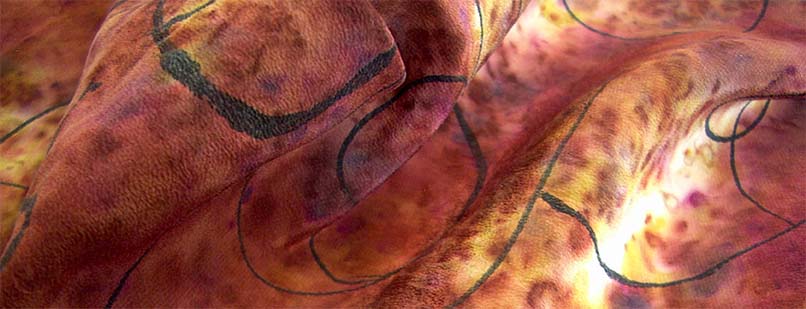June Give Away!!!
Getting Started with Natural Dyeing!!!

This 13 page e-book covers the basics of scouring, mordants, and soy milk preparation for cotton, linen, hemp, and other cellulose based fabrics.
This book covers the very basics of what a Dyer needs to do BEFORE dyeing fabrics with natural dyes! If you own the other three books this information is covered in those books
That's right it's FREE until June 30th!!!





